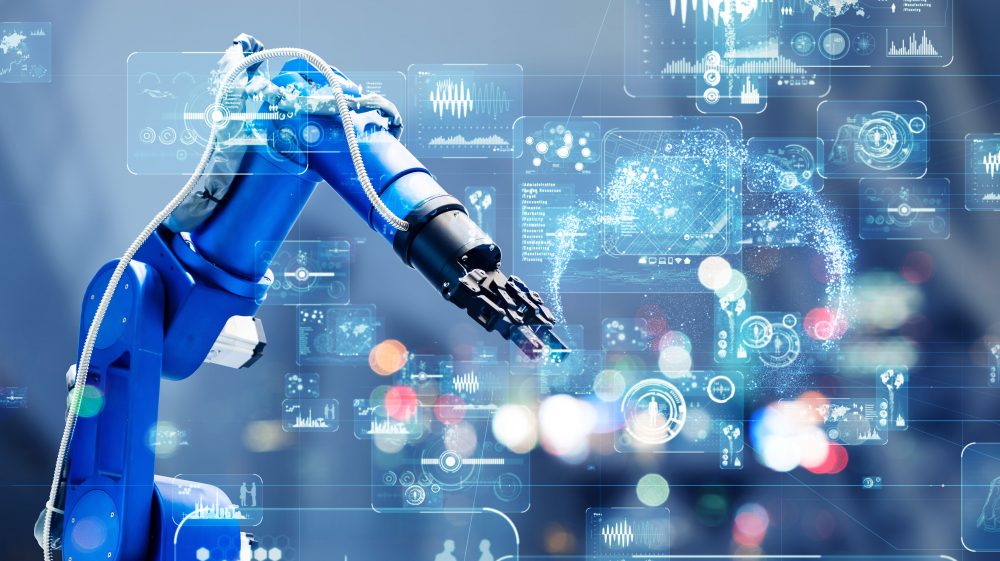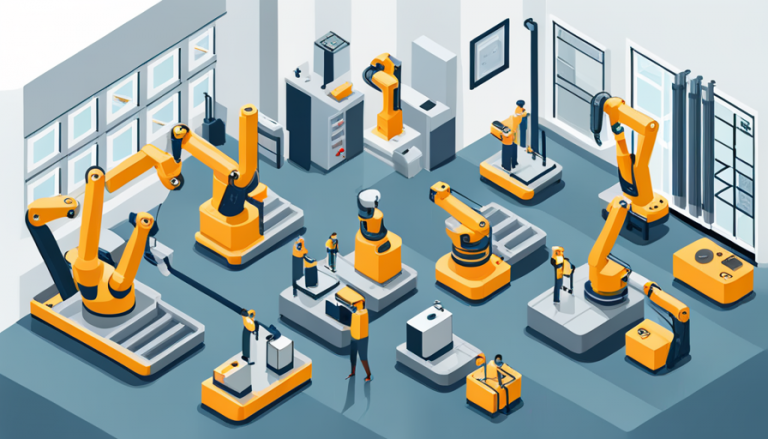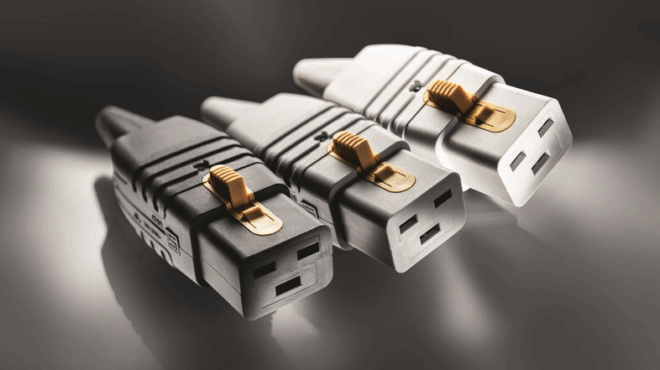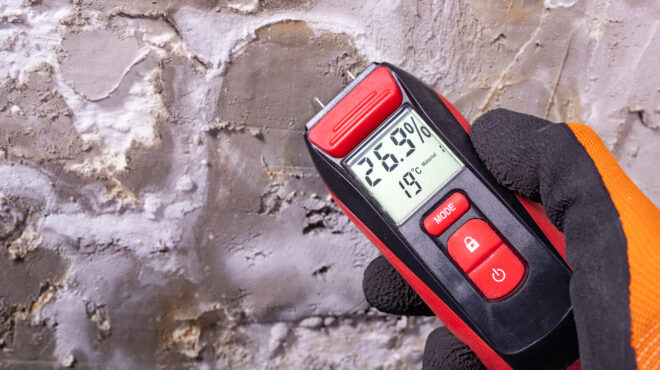
Robotics on the Rise: What Trends Are Awaiting Us?
15.7 billion US dollars. That is the estimated current value of the existing stock of industrial robots. In the past year, investments in this area have once again increased significantly. The reason: The efficiency requirements in industry have changed - and with the help of industrial robots, attempts are being made to meet these new requirements. We take a look at the upcoming trends in the field of robotics - and the developments are quite surprising...
Table of contents
- Trend No. 1: Even more energy efficiency in robotics
- Trend No. 2: Handling robots is becoming even easier
- Trend No. 3: Cobot - collaborative robotics
- Trend No. 4: Networked production
- Trend No. 5: Augmented Reality (AR) and Virtual Reality (VR)
- Trend No. 6: Perfect match - AI and robotics
- Trend No. 7: Next level sensor technology
- Robotics: Innovations and trends
Trend No. 1: Even more energy efficiency in robotics
Rising energy costs are currently a burden on many companies and businesses. Interestingly, the use of robots is a simple way to save energy. How can this be done?
- Industrial robots generally use relatively little energy – and therefore only cause low operating costs. In many models, a built-in smart energy-saving mode monitors the power supply during production and controls the energy supply as required. Special robot controllers even allow the kinetic energy generated by the robot to be converted into electricity, and this in turn can be fed back into the power grid.
- While a certain temperature must be ensured in classic assembly line work, the use of robotics makes it possible to significantly reduce the room temperature in production halls and effectively save energy.
Another advantage is that the robots work at a high speed. This makes it possible to increase the production rate and make the overall manufacturing process more time and energy efficient. Experts agree: Resources will continue to flow into the development of even more energy-efficient robots in the coming years.
Trend No. 2: Handling robots is becoming even easier
In industry, robots are becoming easier to handle, leading to broader application and higher levels of automation. Traditionally, programming and setting up industrial robots may well require extensive expertise and complex coding. However, thanks to advanced technologies such as intuitive user interfaces and graphical programming interfaces, interaction with robots is becoming much easier for operators.
Trend No. 3: Cobot – collaborative robotics

Advanced sensor technology and innovative image processing algorithms favor better collaboration between humans and robots. Cobots represent an example of how robots can work safely alongside humans without the need for extensive safety precautions. Advanced sensor technology allows robots to recognize their surroundings and adapt to the presence of humans, enabling safe and efficient collaboration. This, in turn, suggests an increasing adoption of robotic technologies across a wide range of industries, which could help increase efficiency and productivity in the industry.
So-called human-robot collaborations (HRC) will continue to play a growing role in the future. HRC refers to the interaction and cooperation between humans and robots in shared work environments. It combines the strengths and capabilities of both sides to achieve optimal results. HRC enables flexible and efficient production, with human workers contributing their cognitive and fine motor skills while robots take on repetitive or hazardous tasks.
Trend No. 4: Networked production
The ongoing digitalization and networking of production processes in Industry 4.0 also has an impact on robotics. By integrating robots into networked production environments, they can communicate seamlessly with other systems and machines. This enables efficient collaboration and a smooth exchange of information between different production components. Such networked production will continue to be pushed and developed in the future.
Trend No. 5: Augmented Reality (AR) and Virtual Reality (VR)
AR and VR technologies are increasingly being used in robotics to improve robot training, programming and maintenance. By using AR and VR systems, operators can interact in virtual environments to solve complex tasks and problems in product development. Remote assistance systems and applications in AR provide support in quality control and production. For example, 3D models can be projected onto real products to locate quality differences as quickly as possible.
Trend No. 6: Perfect match – AI and robotics
The marriage of artificial intelligence (AI) and robotics is having a significant impact on progress in the field. AI enables robots to process information, make decisions and adapt to changing situations.
By using advanced AI techniques, this opens up entirely new possibilities. Robots become capable of learning, for example, by connecting with AI systems. They can take in information from their environment, analyze it and take appropriate actions based on it. Machine learning and neural networks are two of the techniques used in AI-based robotics to handle complex tasks.
Image recognition is one example of the marriage of robotics and AI that is now in multiple uses. Robots can use AI algorithms to analyze visual data and recognize objects or people. This allows them to interact with their environment more precisely. In addition, AI-driven speech processing allows robots to understand and respond to natural language – enhancing their communication capabilities. We can look forward to seeing what else will develop in this sector in the coming years.
Trend No. 7: Next level sensor technology
Parameters such as temperature, position, pressure, force, humidity, distance and air quality are measured with special industrial sensors. In the field of robotics, these small components are of great importance – which is why a lot of time and money is invested in product development on the part of our top manufacturer partners. IIoT products, such as high-performance sensors and actuators, but also various AI applications are currently being raised to an even higher level in order to provide robots with even more information about their environment.
Robotics: Innovations and trends
Energy efficiency, simplified handling, collaborative robots, connected production, AR/VR and the combination of AI and robotics, and the development of powerful sensors are sustainable trends in industrial robotics. They promise a more efficient and flexible use of robots in industry, with the potential to increase productivity and efficiency while reducing costs through savings in areas such as maintenance and quality management.
Bürklin Elektronik: Your reliable partner for IIoT products
Are you looking for high-quality sensors, actuators, semiconductors and IIoT products? You will find what you are looking for in the Bürklin Elektronik online store. Use the practical filter functions and contact our experts at any time if you have any questions! We will be happy to help you.


